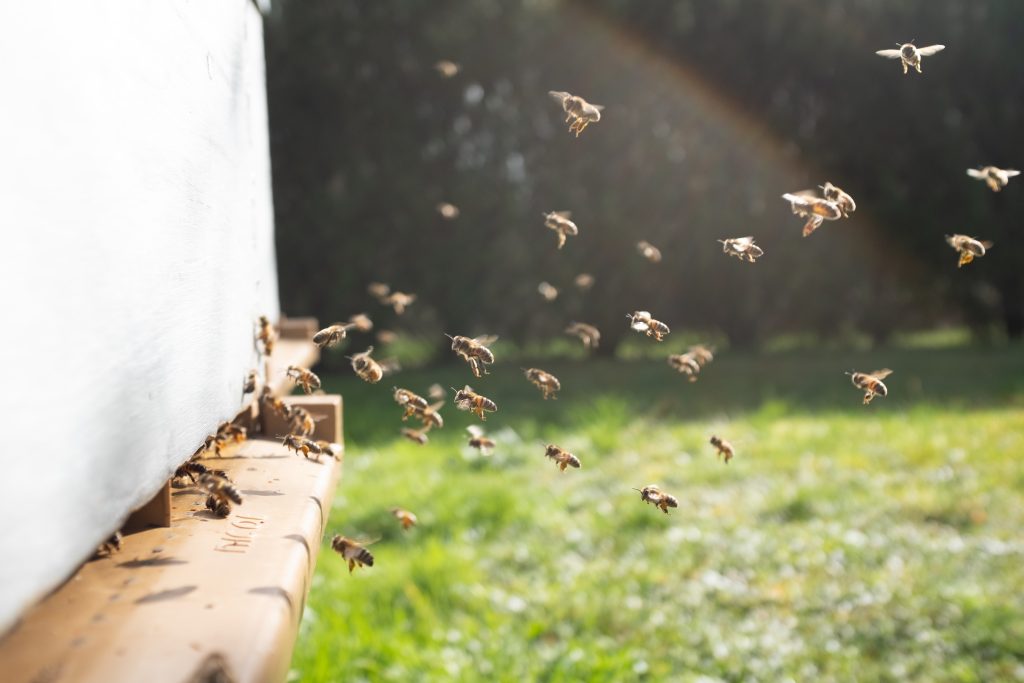Bee Bricks: A City’s Move to Save Solitary Bees
Perforated bricks providing bee nesting space became a planning requirement for every new building in Brighton, England. The initiative was introduced to improve biodiversity in cities and make them havens for the wild and solitary bees on the brink of extinction.

The perforated bricks have proven controversial among scientists as some raise concerns that they may attract mites and improve vulnerability to diseases. They warn that the holes must be cleaned properly to avoid hurting the bees and attracting mites.
Some scientists support the move claiming that the bricks are unarguably a good idea. They believe that the swift boxes and bee bricks provide adequate spaces for mating, nesting, and hibernating to avoid the extinction of the rear bee species.

Dave Goulson tried out the bee bricks and reported that the holes were not deep enough to serve as ideal homes for the bees. He further claims it’s a great move, but more substantial actions must be undertaken before achieving biodiversity.
Elsewhere, another person supported the need for bee bricks claiming that they don’t need cleaning because some beneficial microbes accumulate in the holes. He also notes that the mites leave after one or two seasons, after which the bees recolonize.

Lars Chittka claims that bees have naturally hygienic behavior allowing them to assess holes before using them. He also adds that the Brighton project offers the chance to study risks and benefits over a long time, hence the need for large-scale implementation around the country.
Another beekeeper claims that each bee owner has a different story and testimony that would impede long-term research. He notes that it may take years to determine the benefits and dangers of bee bricks but is pleased that relevant studies are underway.
